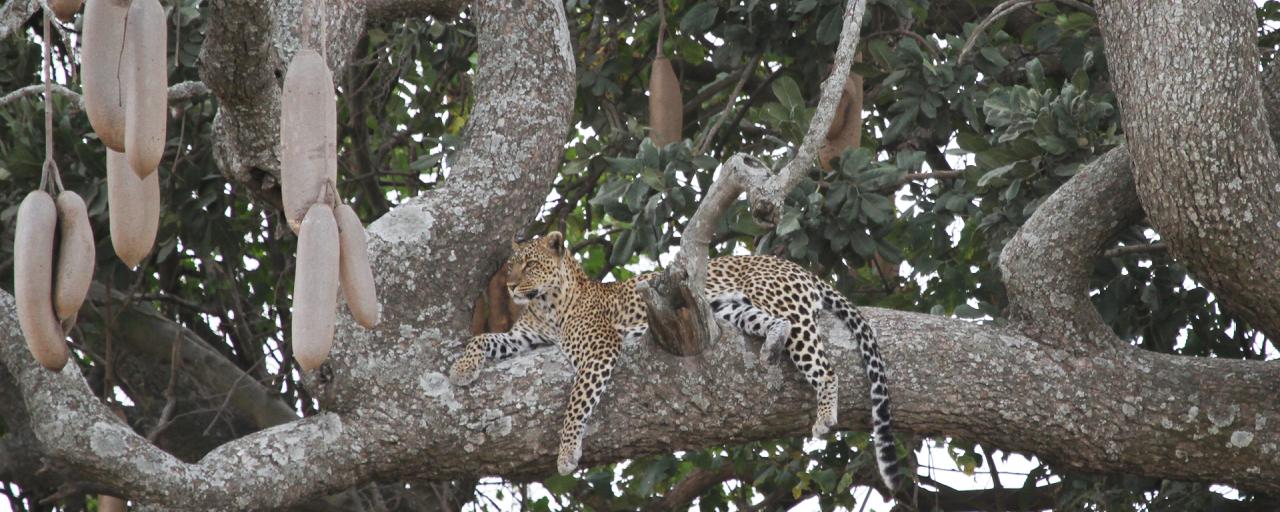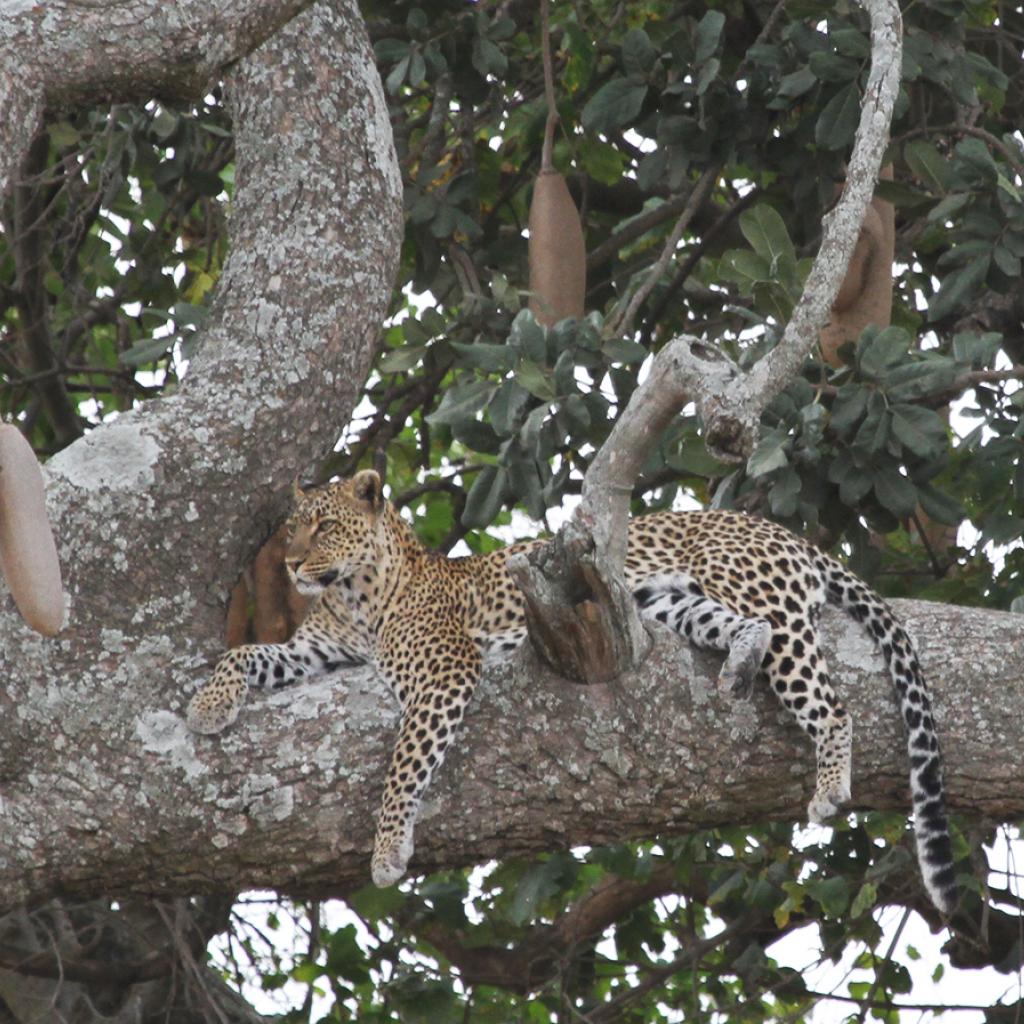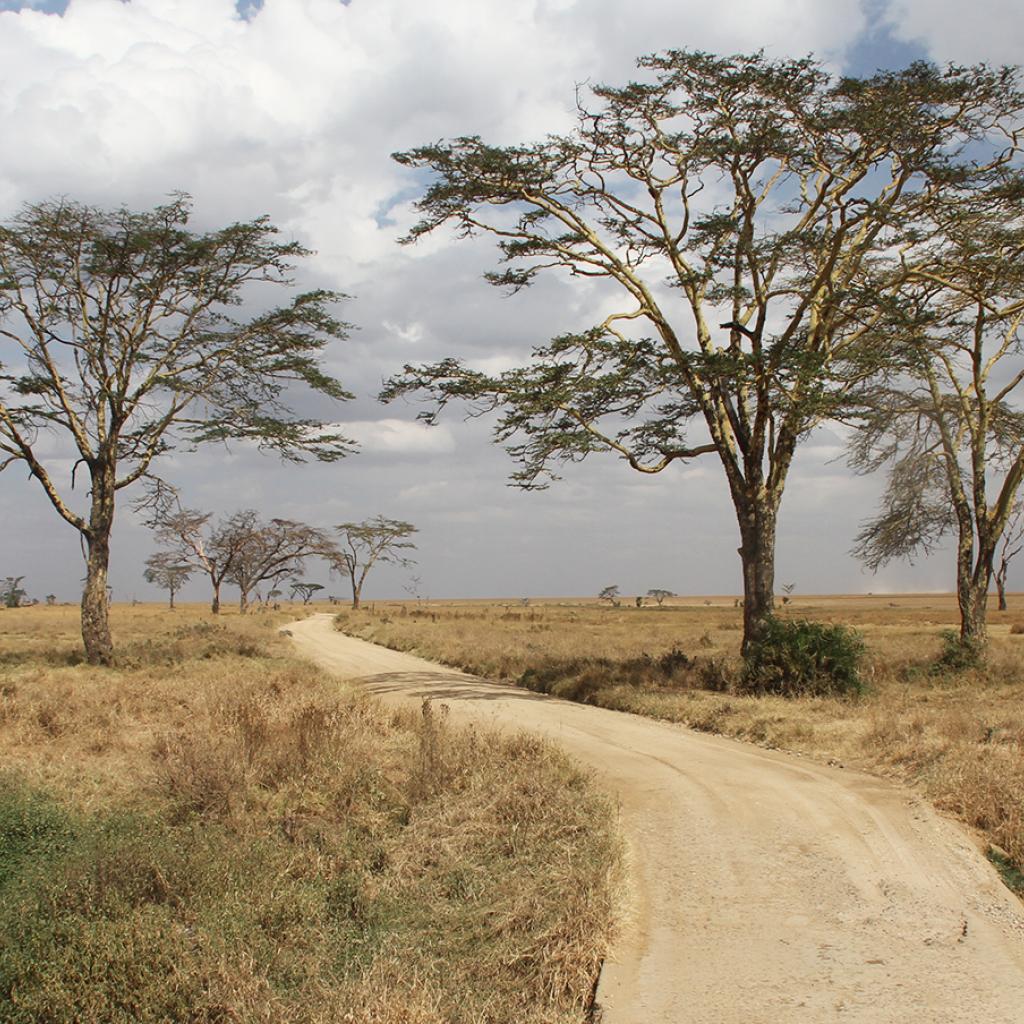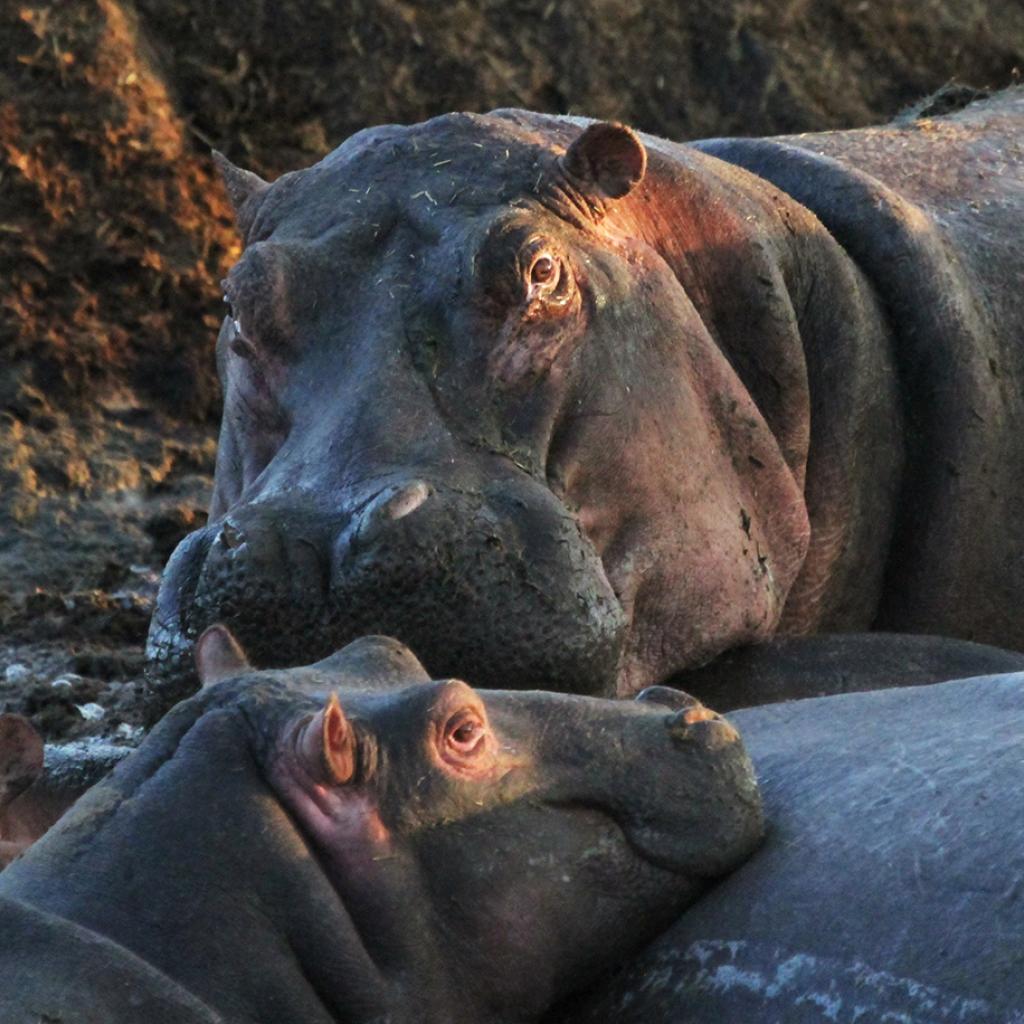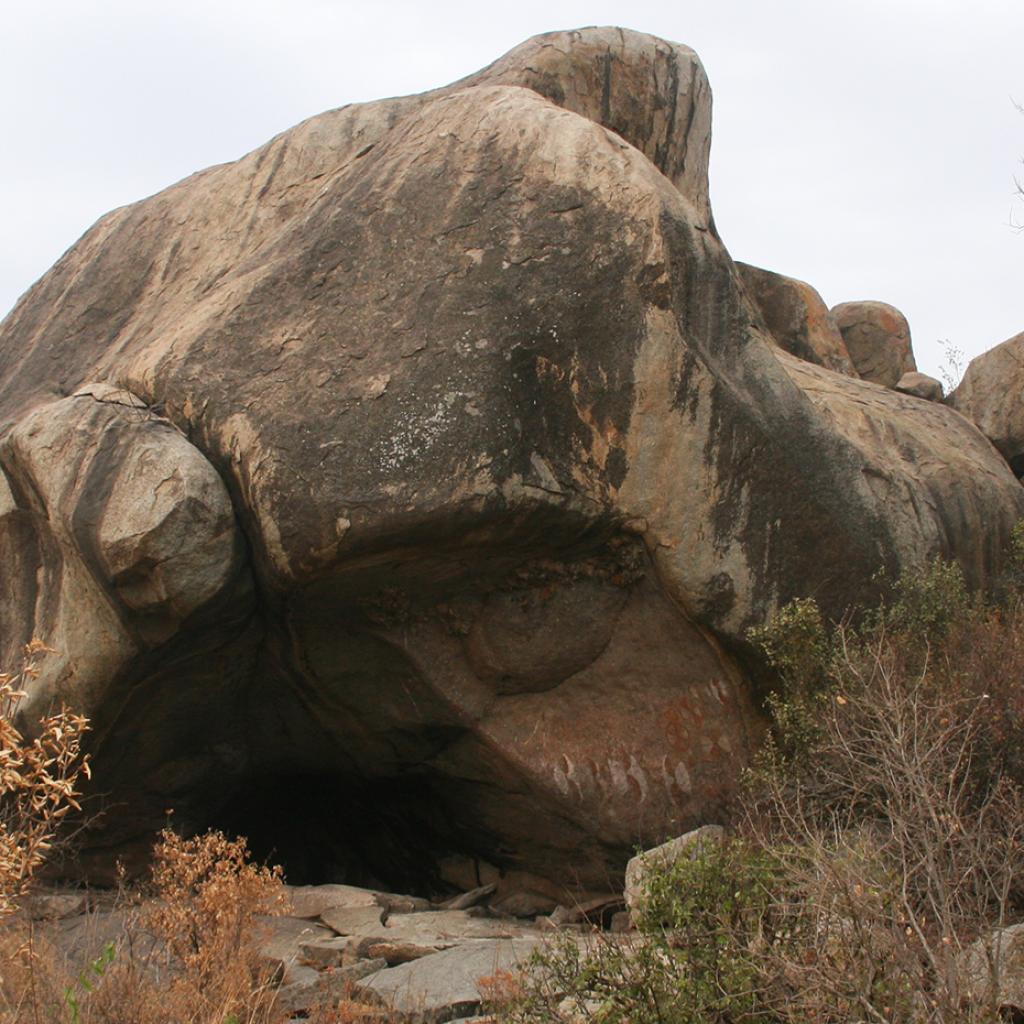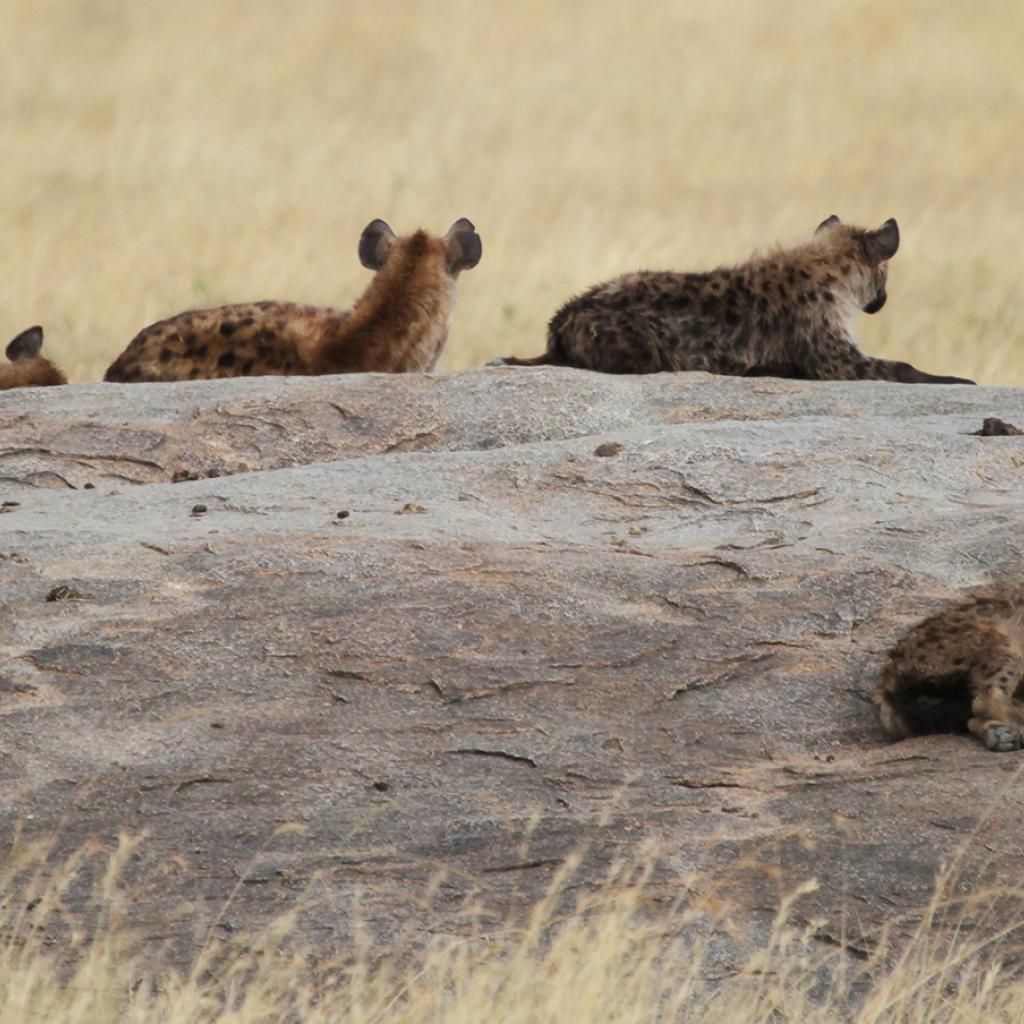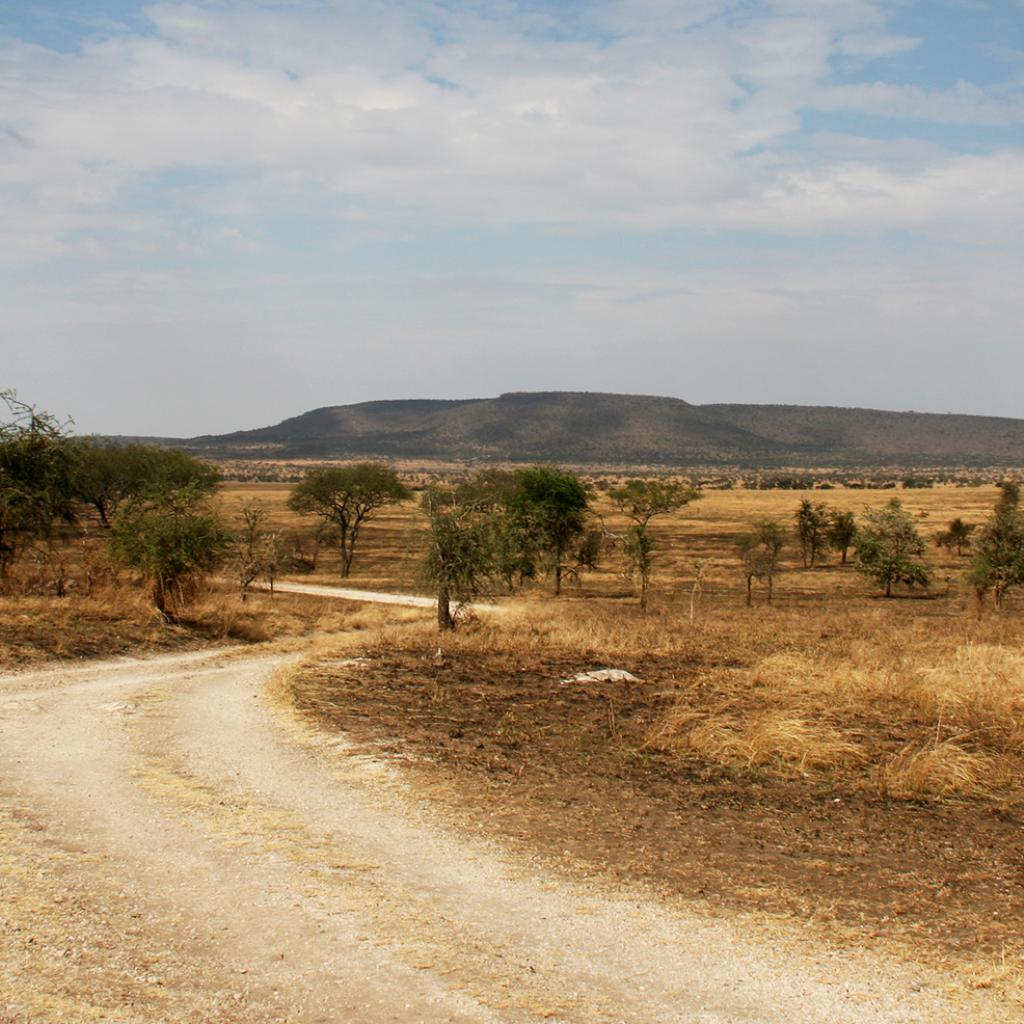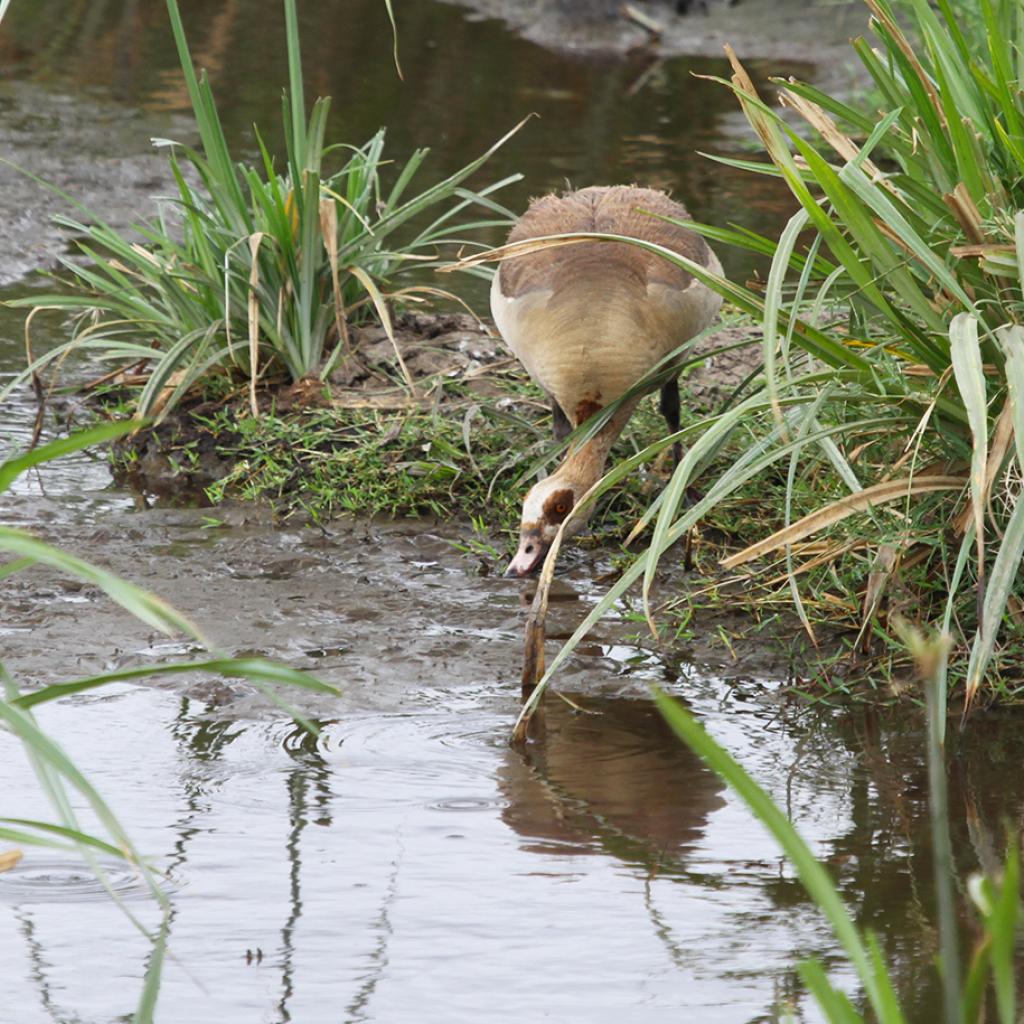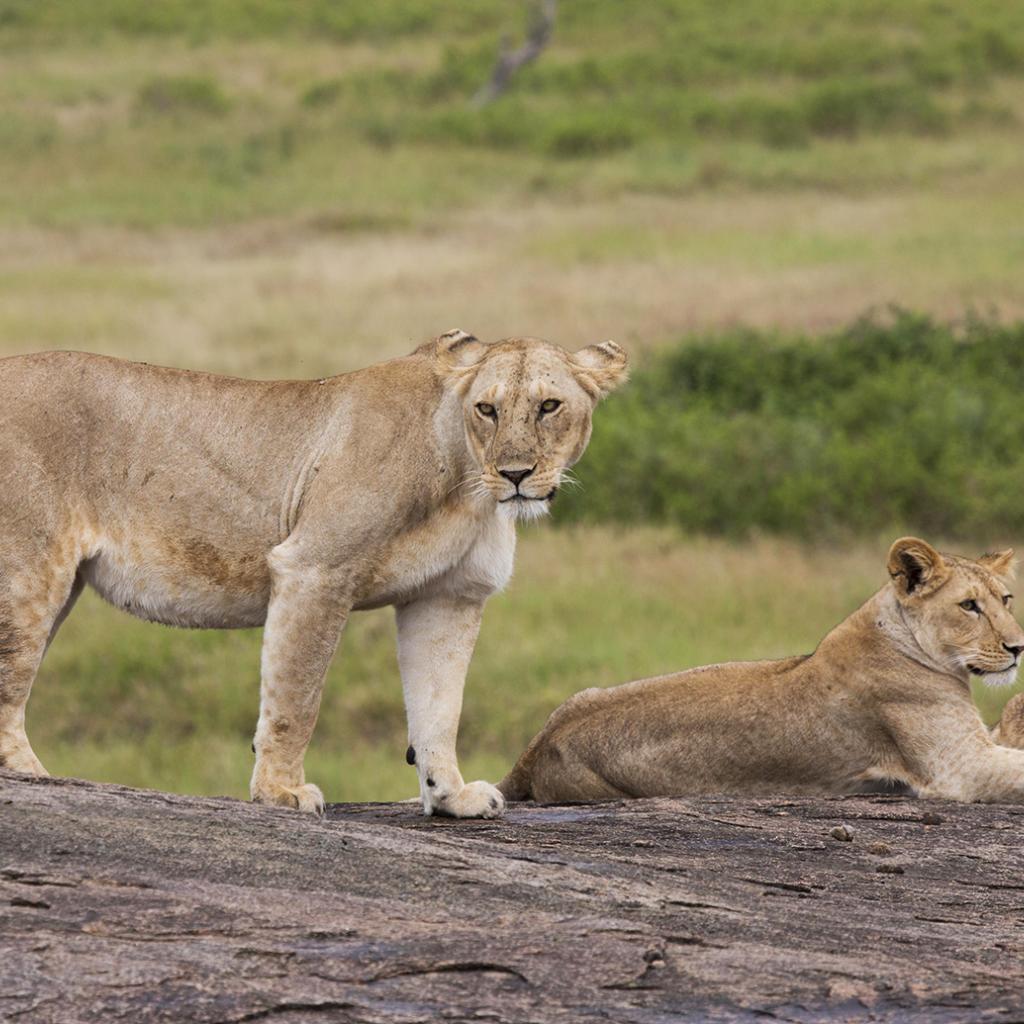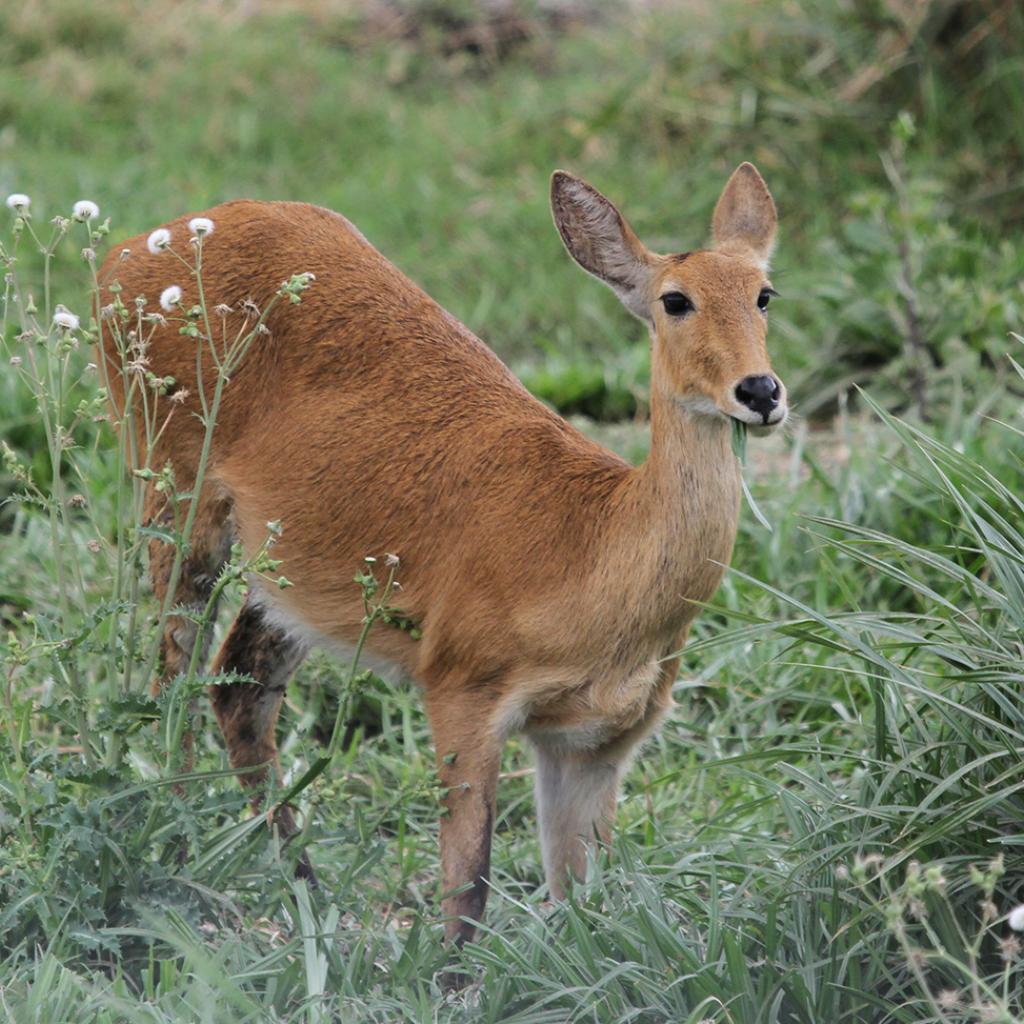Seronera Valley is one of the most popular areas of the Serengeti National Park and is the favourite destination of those who want to see the big cats; there is indeed one of the highest concentration of the entire African continent and they can be spotted all year round.
On a safari excursion, it is quite common to spot all the big cats, such as lions, leopards, cheetahs and hyenas, and as well small cats such as mongooses, servals, caracals, bat-eared foxes and jackals.
Seronera is the favourite destination of visitors: this is where several perennial rivers enable resident animals to thrive all year round and where, in the dry season, animals get together in search of water, this attracts the largest population of predators and offers visitors exceptional opportunities for viewing hunting.
Rivers are lined up with tall trees, especially the sausage trees, on whose branches leopards can be spotted engaged to eat a prey or simply resting with their legs dangling from the shadowy branches, with a dreamy expression.
Cheetahs can also be seen here, striding through the shifting grasses or scouting a distant prey from an abandoned termite mound or on top of a stone.
The name “Seronera” is actually derived from the Masai word ‘siron’, meaning the place of the bat-eared fox.
The scenic landscape of Seronera is truly magnificent, the representation of the African savannah that we all imagine and dream of: endless savannah stretching beyond the horizon as far as the eye can see; meandering rivers wind through trees; permanent pools and seasonal swamps combined ideally to create a harmonious landscape.
The black silhouette of acacia trees standing out of the great plains and the boulders of granite kopjes viewed from a distance are the quintessence of Africa, a scenario that steals your heart.
Every morning the sun rays illuminate and warm up the plains to the East and then turning into deep red while setting in the West; a daily cycle that creates wonderful scenarios never annoying the visitor; sunrise and sunset are just one of the endless rhythms punctuating life in the Seronera Valley.
Windswept grasslands, dominating the landscape, change from bright green in the green season, immediately after the rainy season, into straw-yellow and reddish hues in the dry season, thereby upsetting the landscape and the lives of the animals that permanently live there or transit through this area.
The Seronera Valley is also home to the Great Migration that passes through these lands when heading Northwards to reach the pastures of the Masai Mara in April and May and when the herds return to the South to reach the green meadows in November and December.
In these times of the year, herds of wildebeests and zebras can be seen, as far as the eye can see, on the move in endless lines of up to 50 km long; the silence of the savannah is broken by the sound of hooves raising clouds of red dust.
Seronera is a transitional zone between the Southern grasslands and the dense wooded part of Northern Serengeti, where there is a high concentration of animal species, namely those that typically live in wooded areas and those that prefer the grassier open-space areas.
Large groups of stout hippos can be spotted in the pools and rivers almost completely submerged in water or mud while exhaling bubbles, opening wide their huge mouths, or as they fight each other for territorial dominance.
It’s quite common to see a male impala protecting its herd of females and leading them to the bank of a river; with a bit of luck, you can even see a couple of dik-dik antelopes finding shelter among the bushes.
Other possible sightings in this area are the giraffes that feed on the acacia trees; the reedbucks and waterbucks that are always in the vicinity of waterways; Thomson gazelles moving fast their little tail, always on alert fearing cheetahs chasing them; the hartebeests preferring shadier areas; families of warthogs wallowing in the mud or digging the soil in search of roots and tubers and elephants choosing the shadowy wooded area where they can feed on twigs and leaves.
Large herds of buffalos grazing or lifting their head while sniffing the air with their enormous nose, or resting motionless almost defiantly; it is quite easy to spot herds of baboons and vervet monkeys resting safely on plants, usually busy on feeding or grooming.
Since the first photo safari held in 1928, this area of the park has attracted a great deal of visitors thanks to its wonders and also its accommodation facilities; it also attracts hundreds of scholars and researchers every year.
The area of Central Serengeti
- Seronera Valley
- Seronera River
- The Retina Hippo Pool
- Moru Kopjes
- Masai Kopjes
- Makoma Hill
- Turners Spring
- Simba Kopjes
- Long Grass Plains


